
Grape Hyacinth (Muscari): A Tiny Spring Wonder with Surprising Benefits and Uses
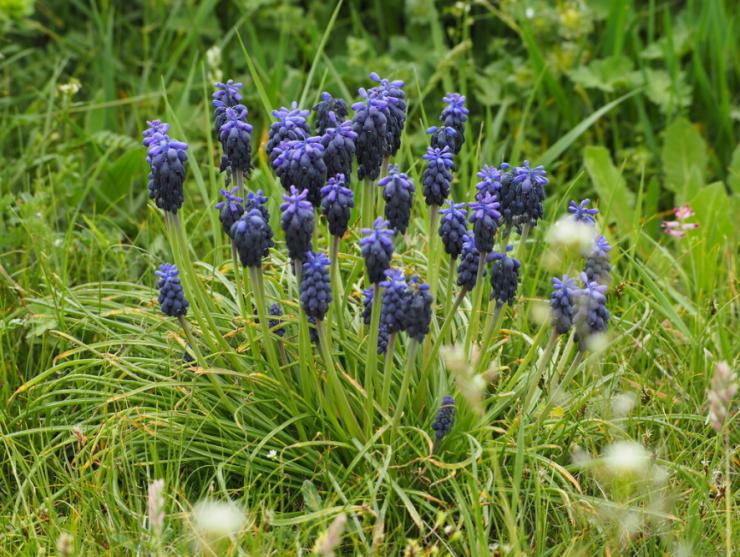
The Hidden Magic of Grape Hyacinths: Beauty, Tradition, and Healing
When spring finally unfolds its warmth, grape hyacinths burst into life like clusters of deep blue or violet pearls, transforming lawns and gardens into miniature oceans of color. Their tiny bell-shaped blossoms sway gently in the breeze, adding both charm and serenity to any spring landscape. Yet beyond their ornamental appeal, few people realize that these enchanting flowers have a long and fascinating history — filled with cultural symbolism, traditional remedies, and even subtle health benefits. Let’s explore what makes the Muscari genus such a captivating gem of the plant world — far beyond its role as a simple garden beauty.
A Mediterranean Classic
The grape hyacinth is a perennial bulb plant that traces its roots to the Mediterranean basin and parts of western Asia. Belonging to the Muscari genus, it gets its name from the way its blossoms cluster tightly together, resembling tiny bunches of grapes perched on short, sturdy stalks. Although it’s often mistaken for the true hyacinth, grape hyacinths are actually closer relatives of other spring bulb flowers like squill and lily of the valley. Their resilience and ability to thrive in cool climates have made them a springtime favorite for centuries, adorning both wild meadows and manicured gardens alike.
Traditional and Natural Uses
1. Digestive Aid in Folk Medicine
In Mediterranean folk traditions, certain species such as Muscari comosum (commonly known as tassel hyacinth) were valued not only for their looks but for their bulbs, which were cooked, marinated, or preserved. These bulbs were believed to help stimulate digestion and relieve mild constipation thanks to their gentle laxative properties. In some rural regions, they were even served alongside olive oil and herbs as part of simple, healing meals.
2. Detox and Diuretic Properties
Old herbal practices also credited boiled grape hyacinth bulbs with diuretic and detoxifying powers. Consuming them was said to promote kidney function and flush out excess water, acting as a natural remedy for mild fluid retention or bloating.
In the Greek islands and certain Italian countryside areas, eating these bulbs during spring symbolized purification and renewal — a way to “cleanse” the body after the heavy winter diet.
3. Mild Anti-inflammatory Effects
Early herbalists observed that infusions made from the plant’s flowers or bulbs seemed to soothe mild inflammation and irritation. Although scientific research on this is still limited, the plant was often included in poultices or teas for its supposed calming and restorative effects on the body.
Ornamental and Ecological Benefits
4. A Friend to Pollinators
Among the first plants to bloom in early spring, grape hyacinths provide crucial nourishment for bees, butterflies, and other pollinators emerging from winter dormancy. Planting them can help support local ecosystems, enhancing biodiversity and ensuring pollinators have the energy they need to thrive. A single patch of Muscari can turn your garden into a buzzing hub of early life and color.
5. Natural Ground Cover
Because grape hyacinths multiply easily, they’re perfect for creating lush, low-growing carpets that suppress weeds naturally. Their hardiness and adaptability mean they flourish even in poor or rocky soil, requiring little maintenance once established. Over time, they can fill garden gaps, line stone pathways, or decorate the edges of lawns with vivid splashes of blue.
Culinary and Safety Notes
In parts of the Mediterranean, Muscari comosum bulbs have found their way into traditional cuisine — often pickled, sautéed, or preserved in olive oil as a delicacy. However, not every variety of grape hyacinth is edible. Some hybrids are purely ornamental and may contain compounds unsuitable for human consumption.
It’s important to identify the exact species and avoid eating plants exposed to fertilizers or pesticides. Always consult a reliable field guide, botanist, or herbal expert before experimenting with any wild or garden-grown bulbs.
How to Use It at Home
As a Garden Ally
Plant grape hyacinths beneath trees, between stepping stones, or along garden borders for a natural, effortless look. Combine them with tulips, daffodils, or crocuses to create a layered spring display that blooms in waves of color from March through May.
As a Natural Dye
The rich indigo pigment of the Muscari flower can be used as a natural dye for fabric, wool, or handmade paper. While the color tends to fade over time without proper fixatives, the process itself can be a beautiful and meditative craft activity.
As a Symbol of Renewal
In the language of flowers, grape hyacinths represent rebirth, trust, and sincerity. Their reappearance each spring after months of dormancy serves as a reminder of perseverance and new beginnings — making them a touching choice for seasonal bouquets or ritual offerings.
A Small Flower with a Big Legacy
Though delicate in size, the grape hyacinth carries an impressive legacy of beauty, healing, and ecological significance. Whether admired for its dazzling blooms or appreciated for its lesser-known herbal traditions, the Muscari plant is a symbol of nature’s ability to blend grace with purpose.
So next time you see those tiny blue bells blanketing a garden path, remember — beneath their simple beauty lies centuries of tradition, quiet wisdom, and the eternal spirit of spring’s renewal.
News in the same category

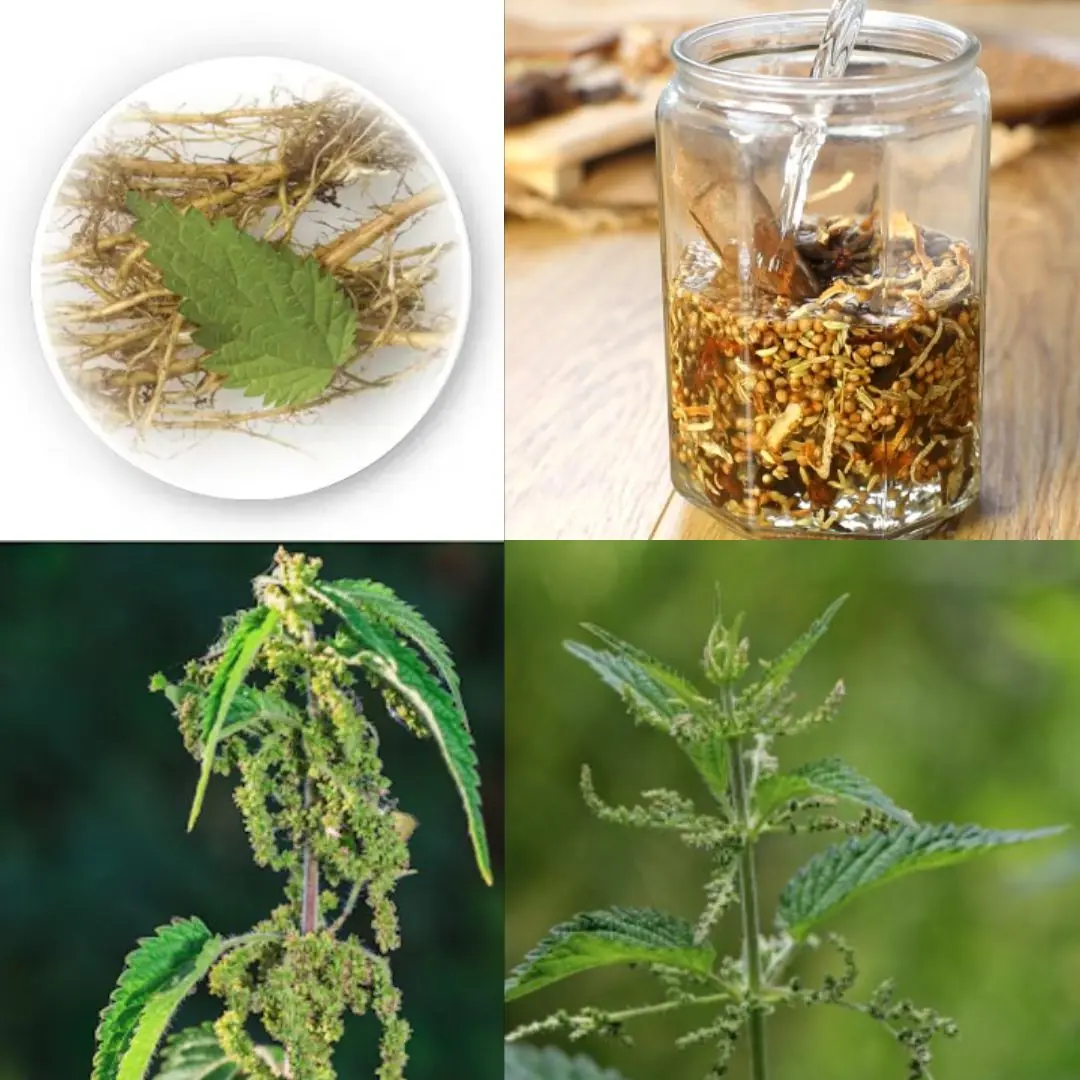
Everybody Hates Stinging Nettle, But Most People Don’t Know the Power of Its Root
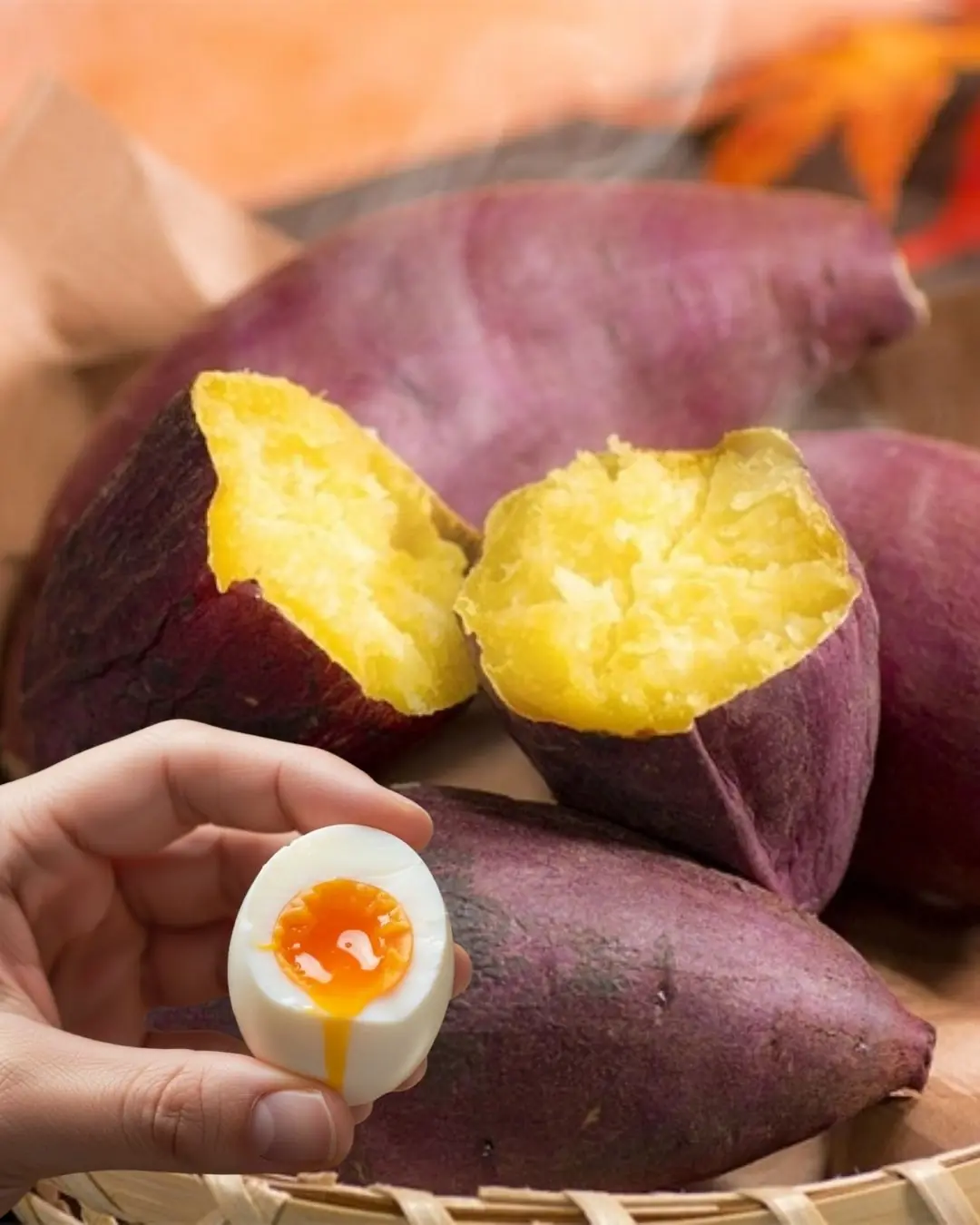
13 Reasons You Should Eat Eggs and Sweet Potatoes Every Morning

9 Powerful Home Remedies to Get Rid of Fungal Infection (Daad, Khaj, Khujli) Fast
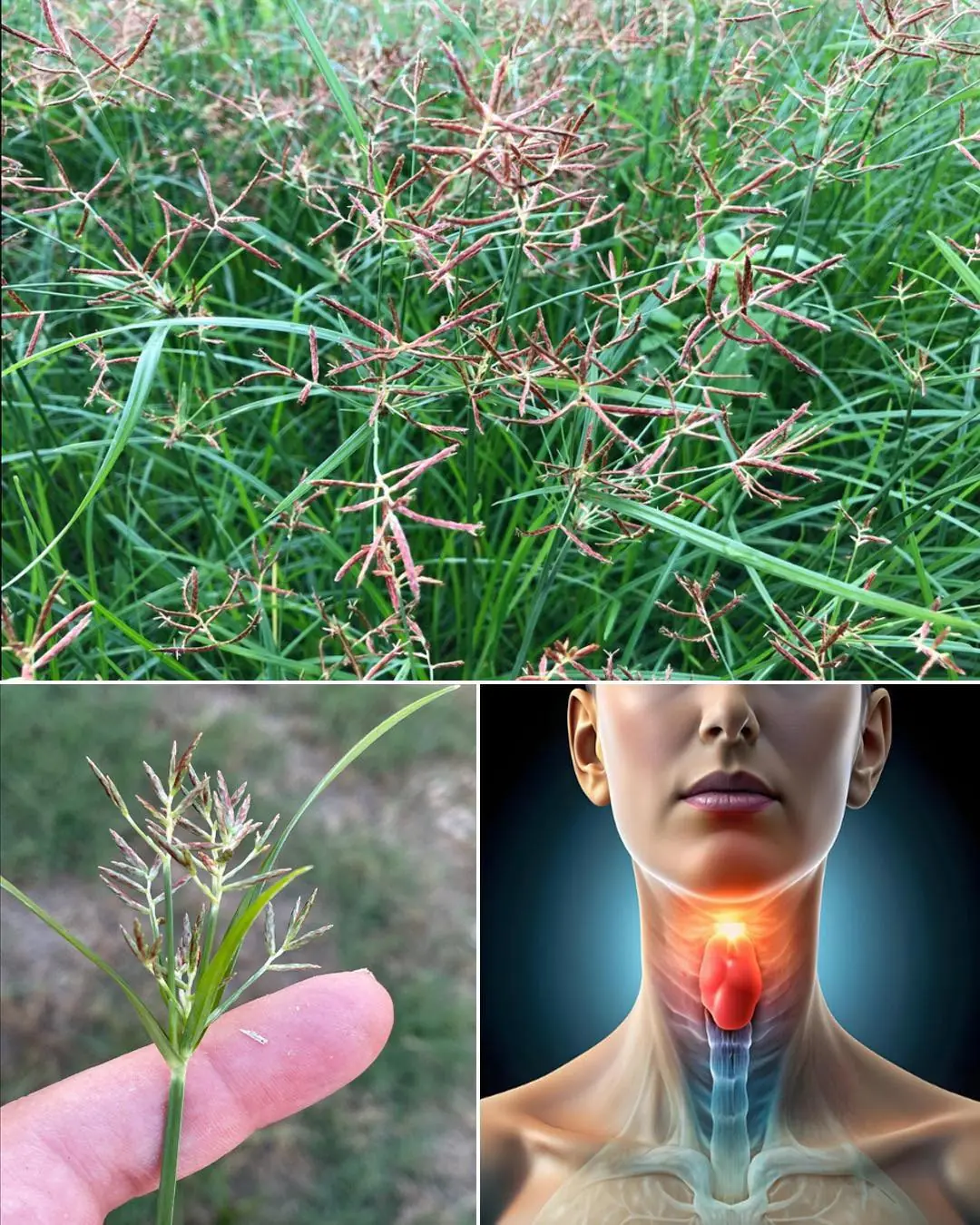
Cyperus Rotundus: The Ancient Herb with Modern Healing Power
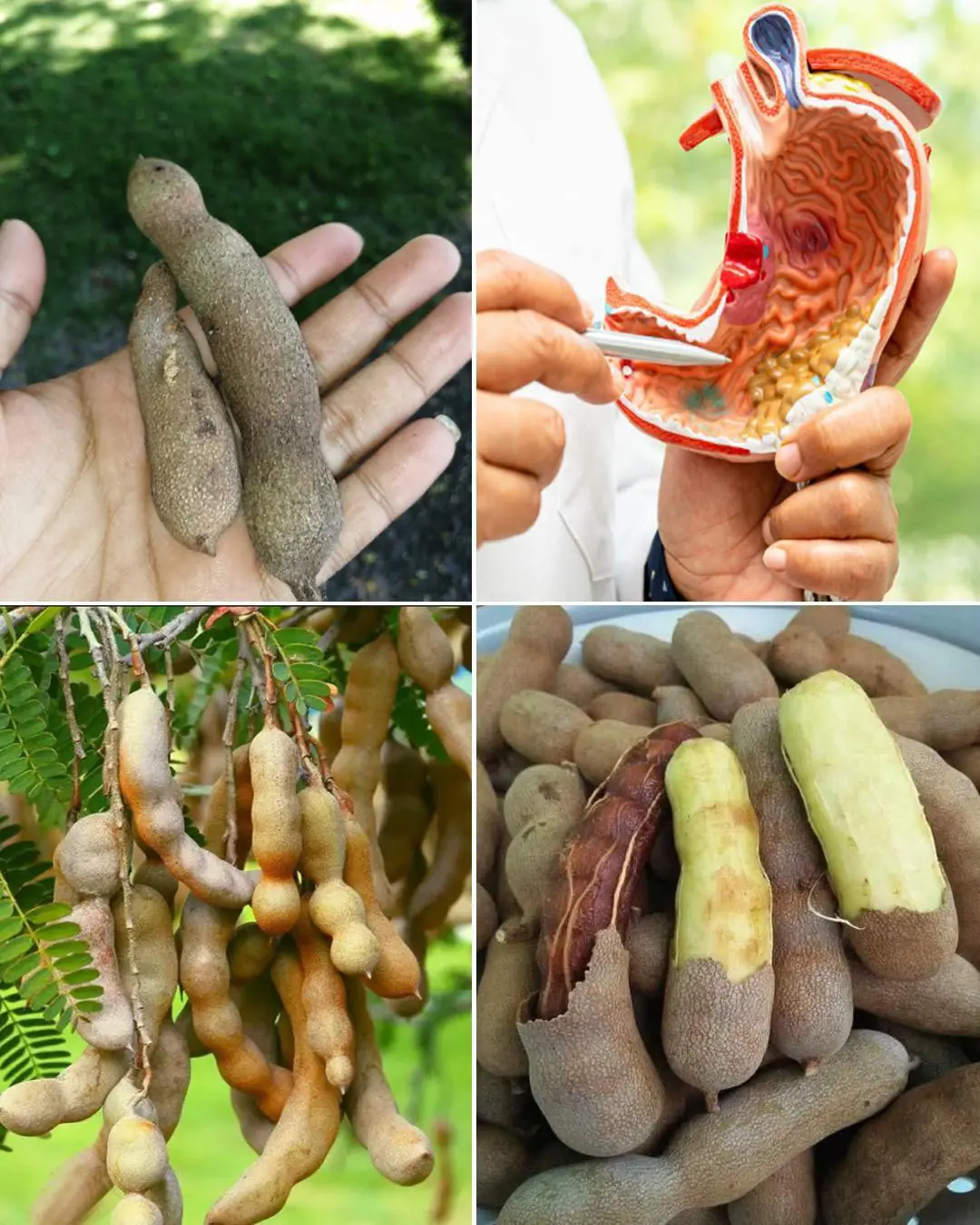
The Power of Tamarind Fruits: Sweet, Sour & Supercharged with Health Benefits
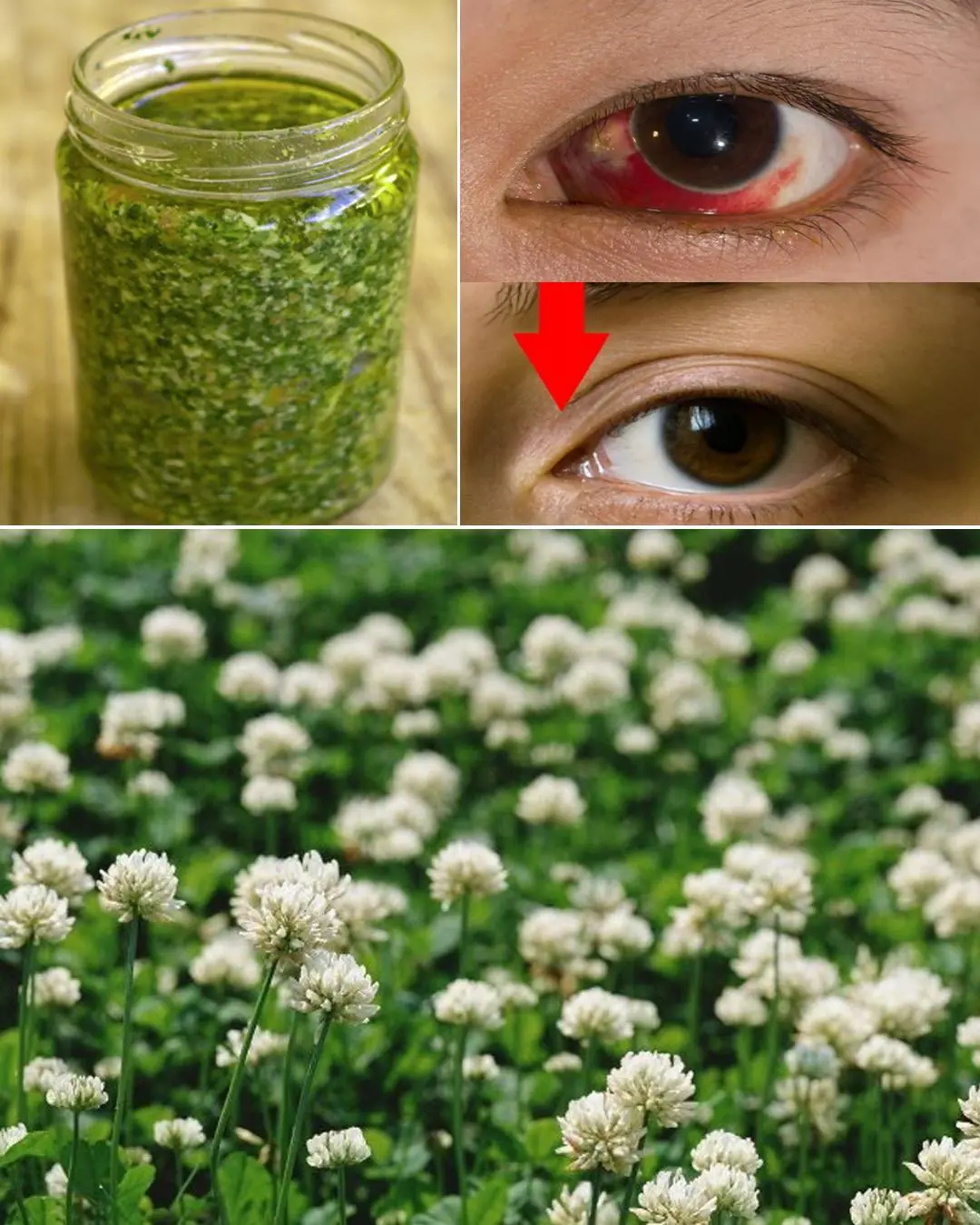
Sessile Joyweed (Alternanthera sessilis): 6 Incredible Health Benefits and How to Use It Naturally
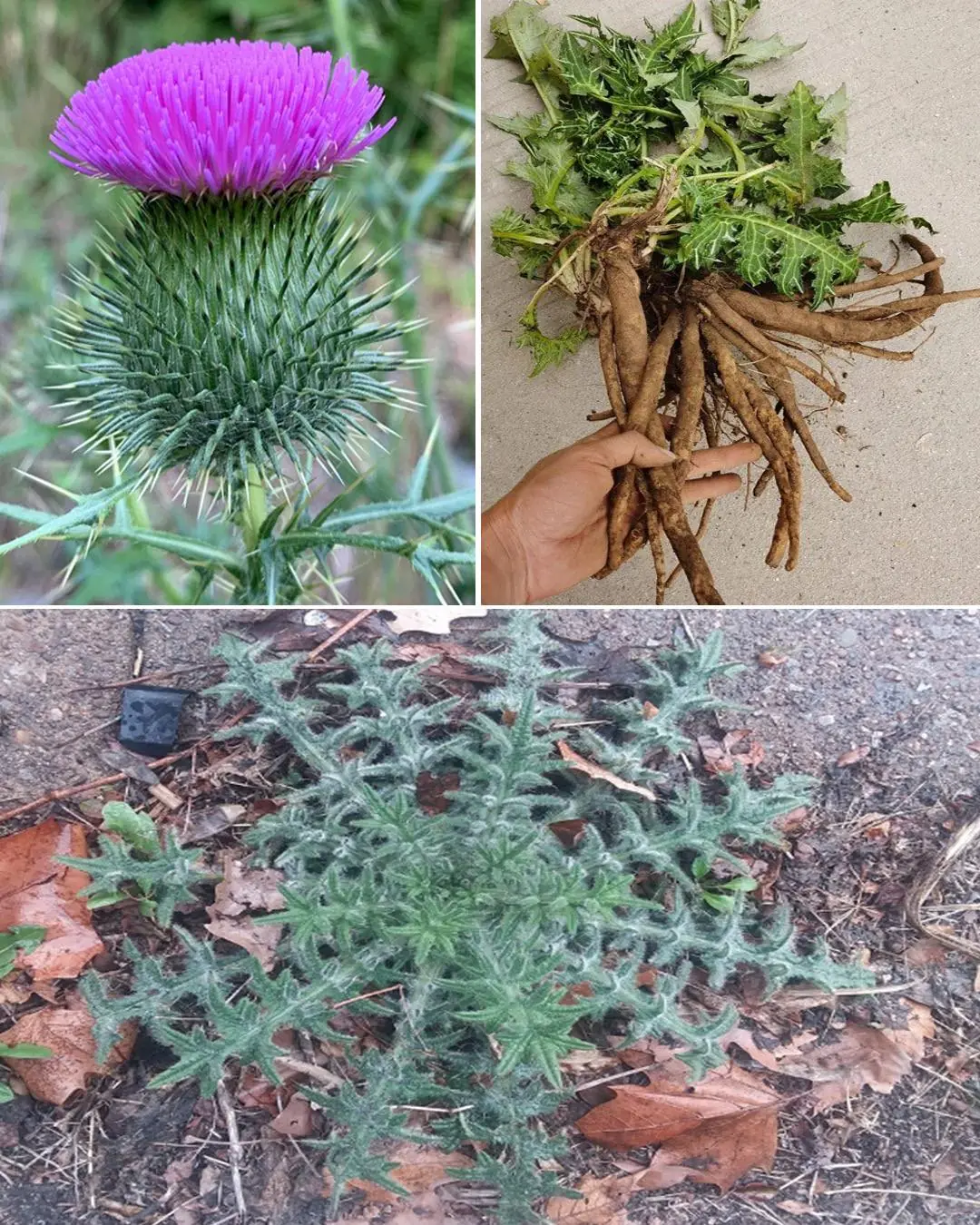
Bull Thistle Root Benefits: Uses, Healing Properties, and How to Prepare It
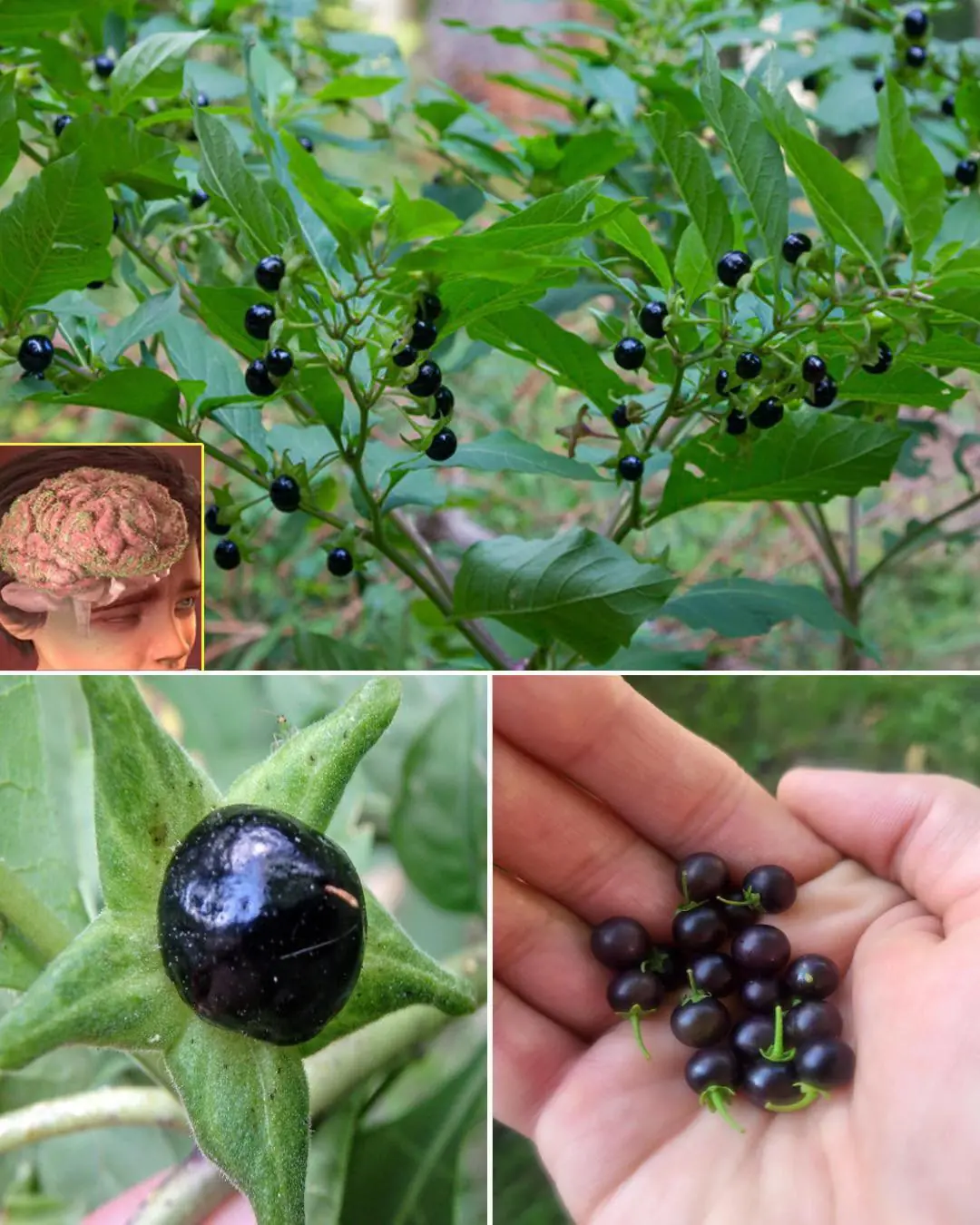
Deadly Nightshade (Atropa belladonna): The Dangerous Beauty
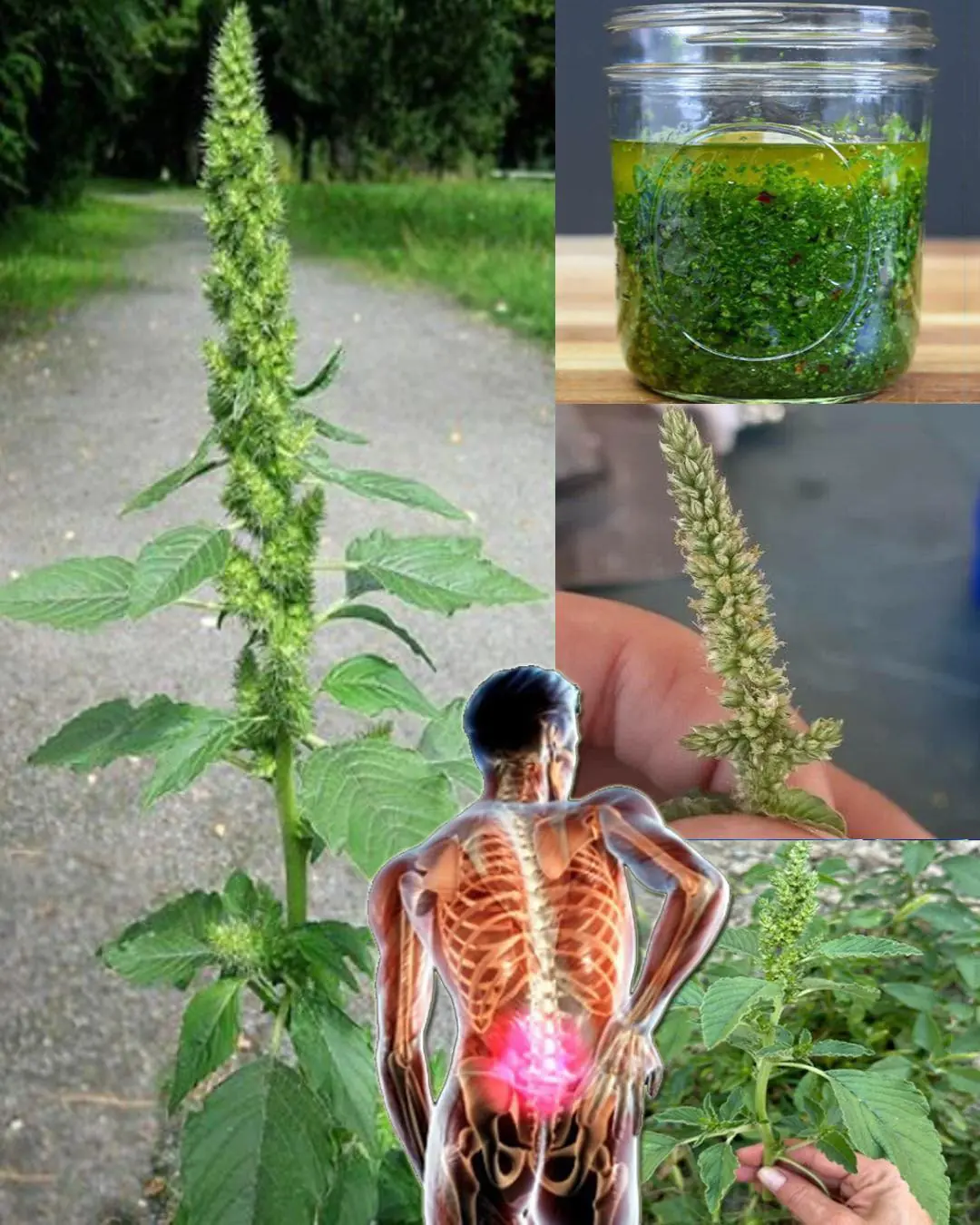
Health benefits of Pigweed
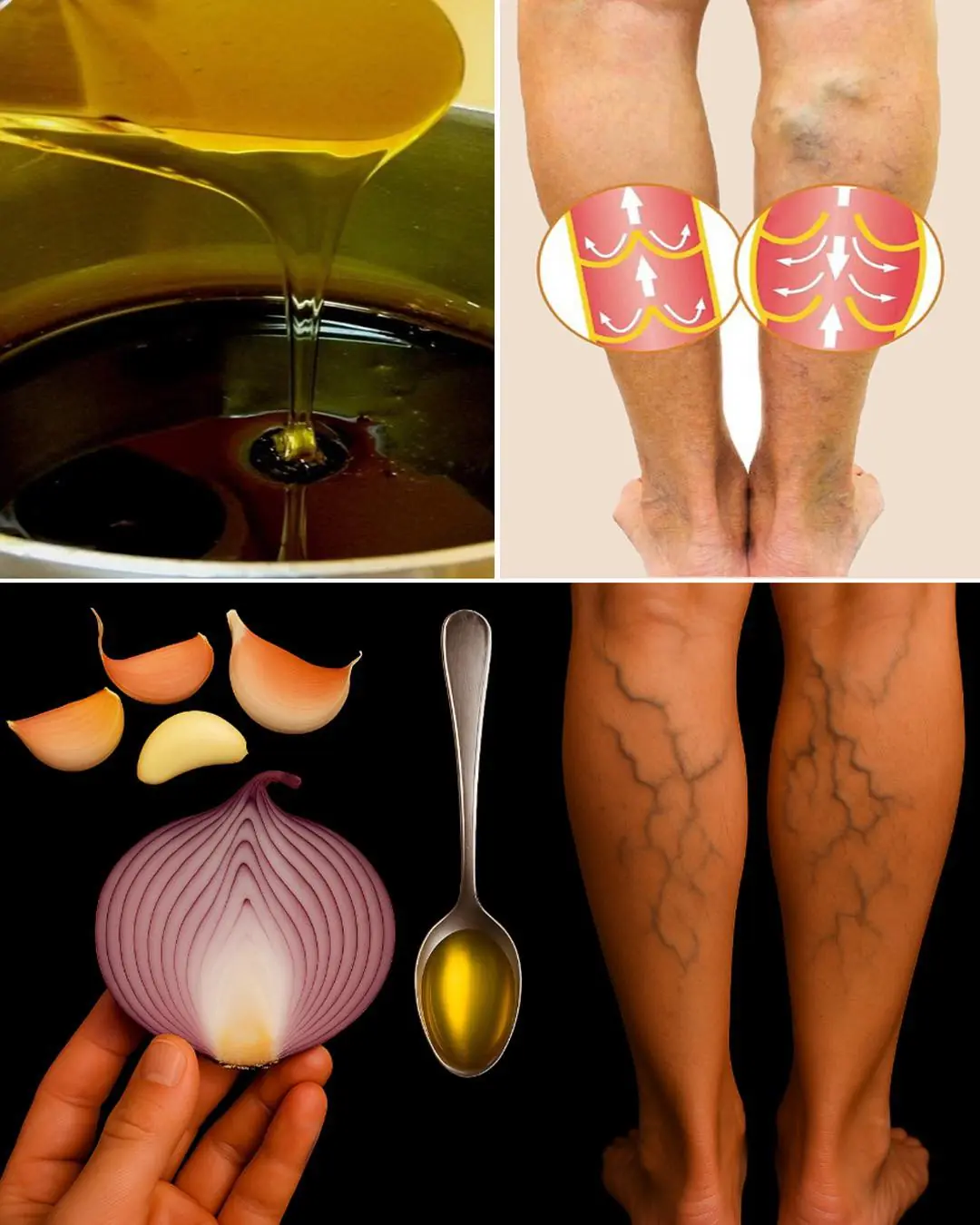
Onion, Garlic, and Olive Oil Remedy for Varicose Veins: Natural Treatment and Benefits
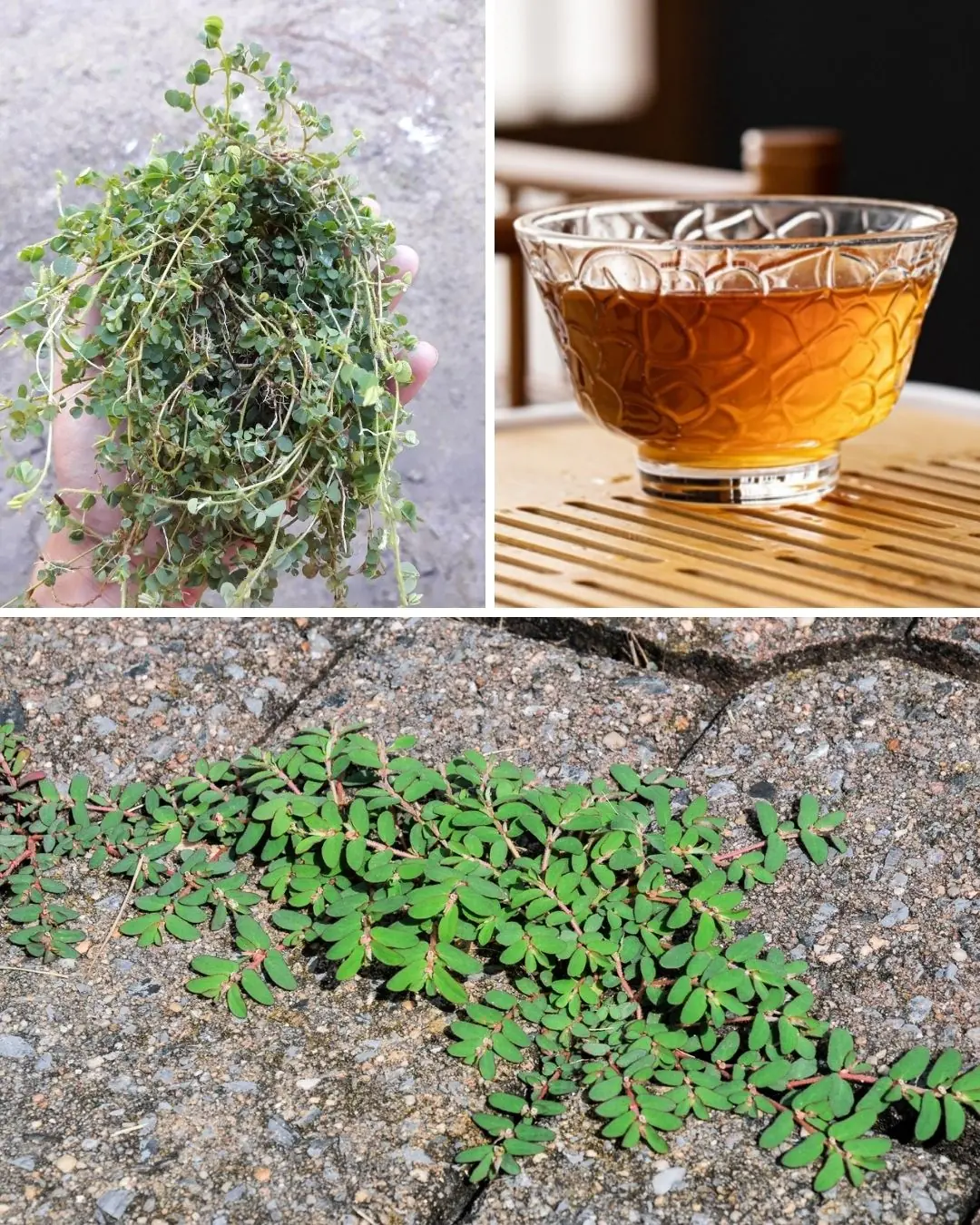
The Health Benefits of Euphorbia Thymifolia: A Powerful Yet Overlooked Herb 🌿✨
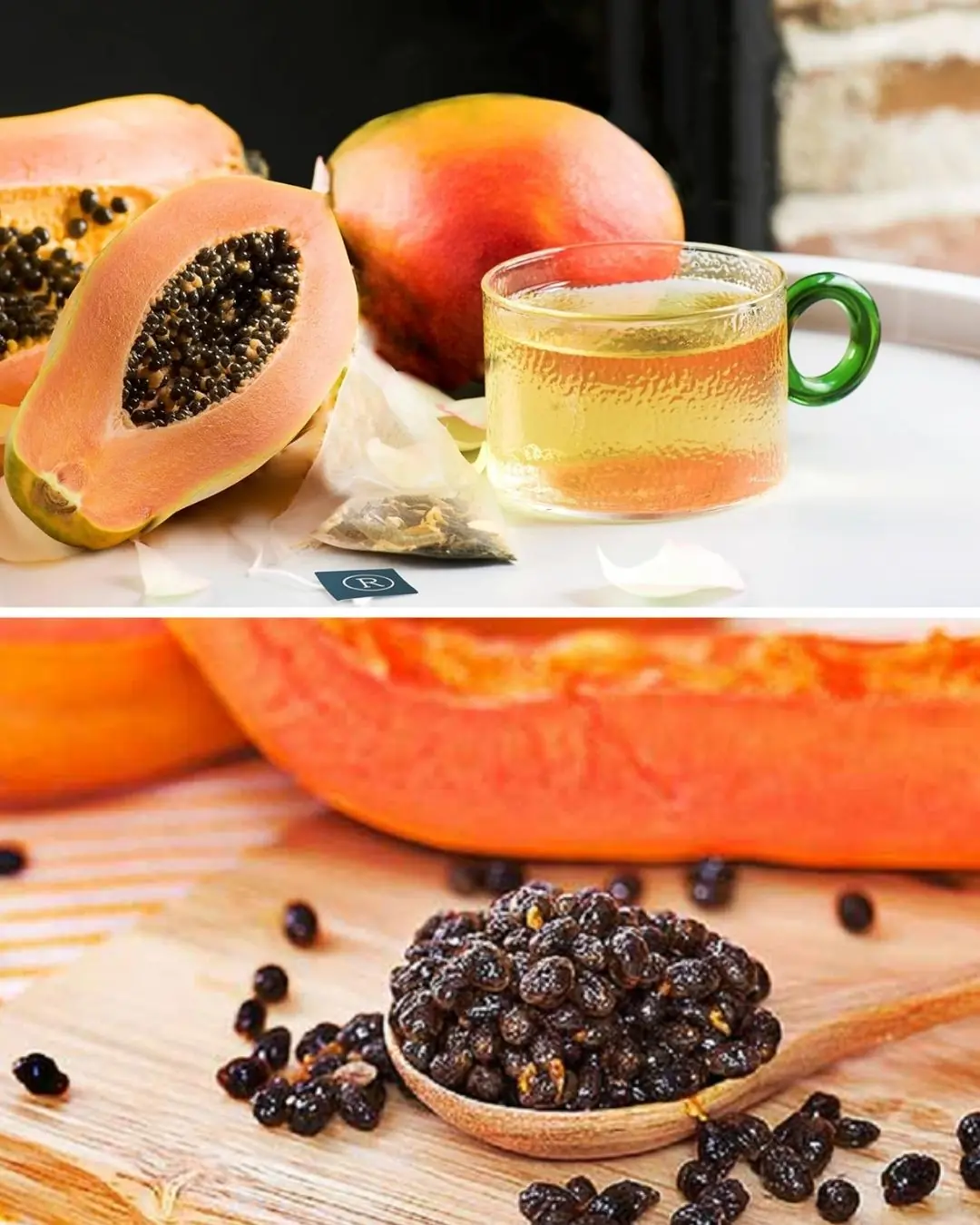
The Powerful Health Benefits of Papaya Seeds: Why You Should Include Them in Your Diet
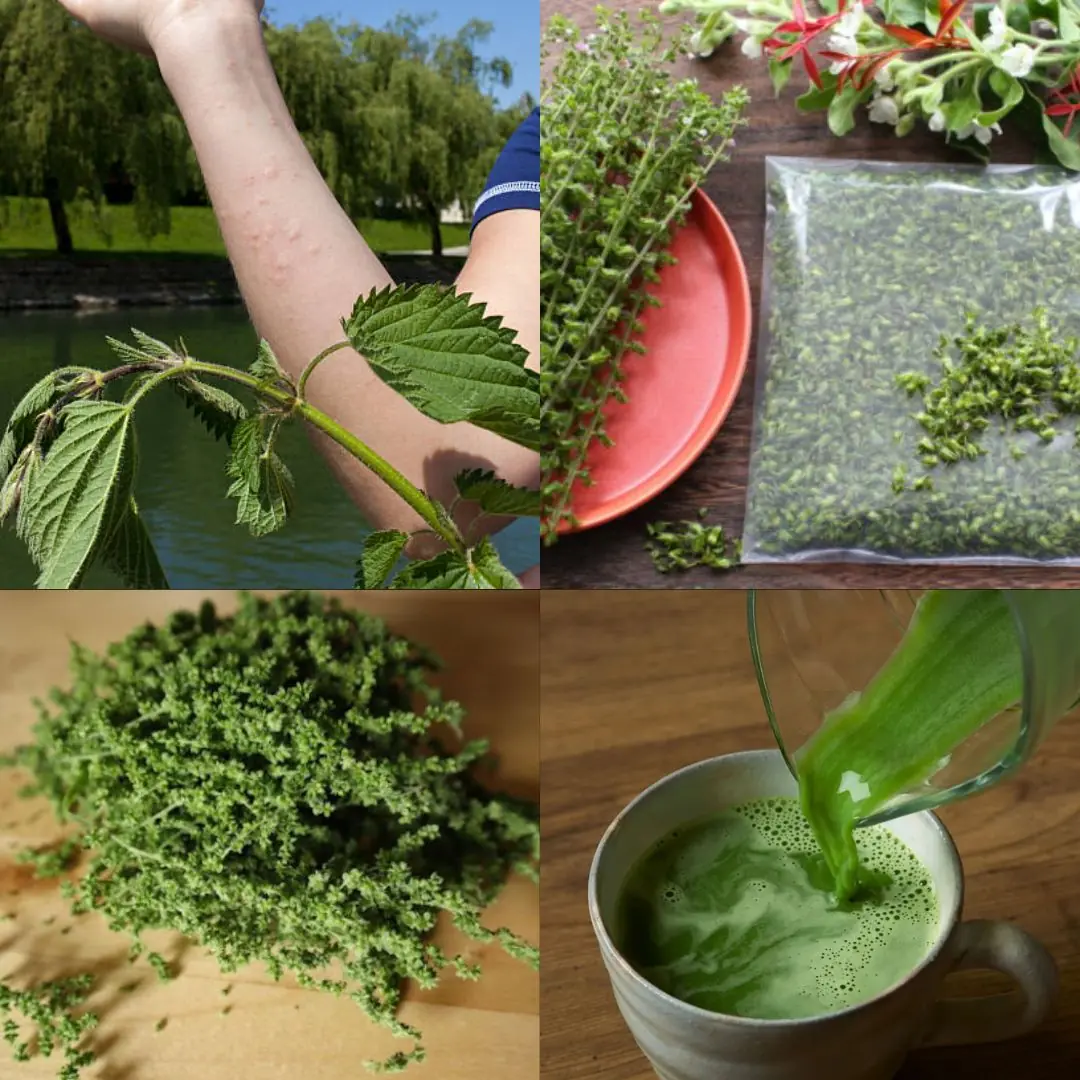
The Power of Urtica dioica: Natural Relief for Joint Pain, Arthritis, and Inflammation
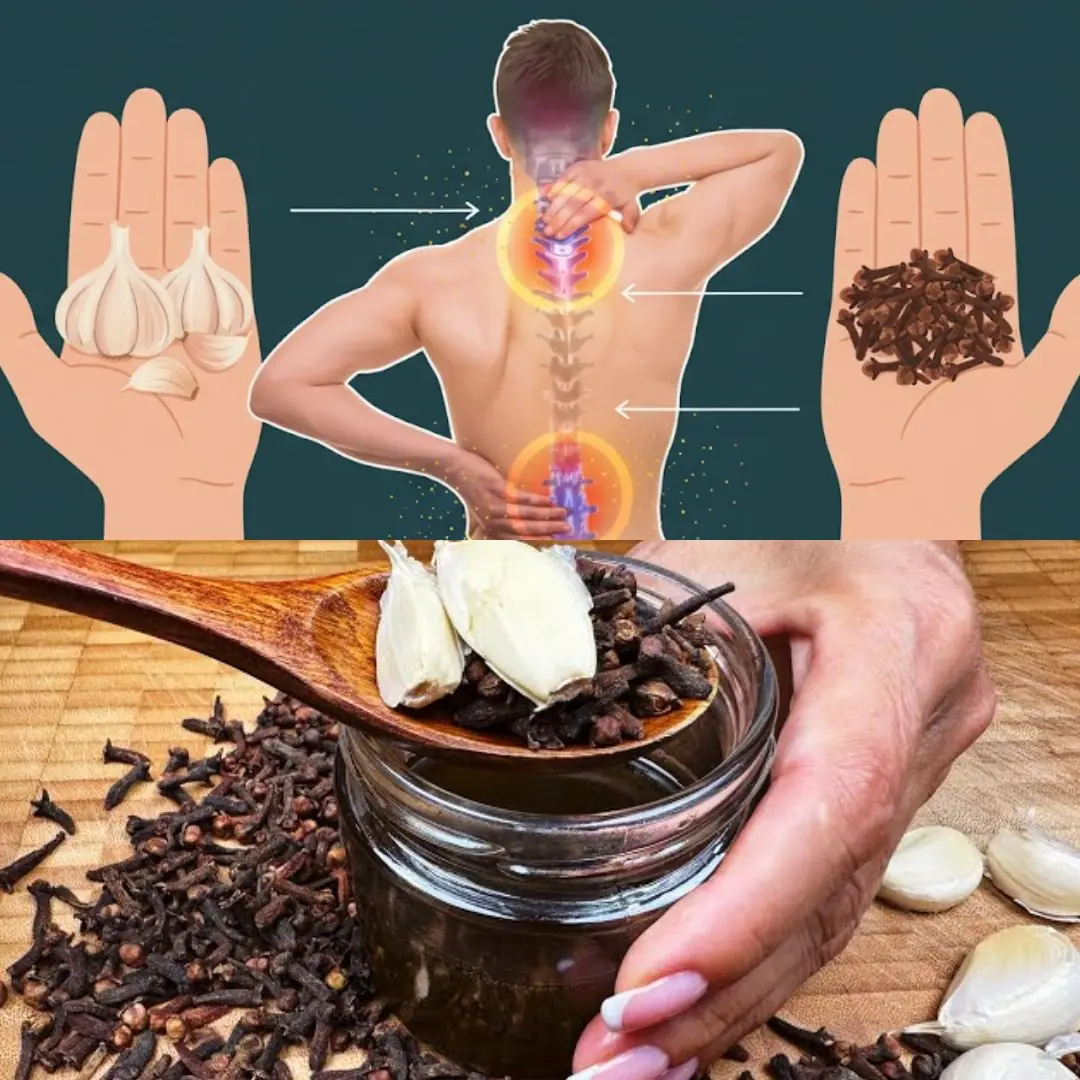
Garlic, Honey, and Cloves – a powerful natural remedy packed with health benefits
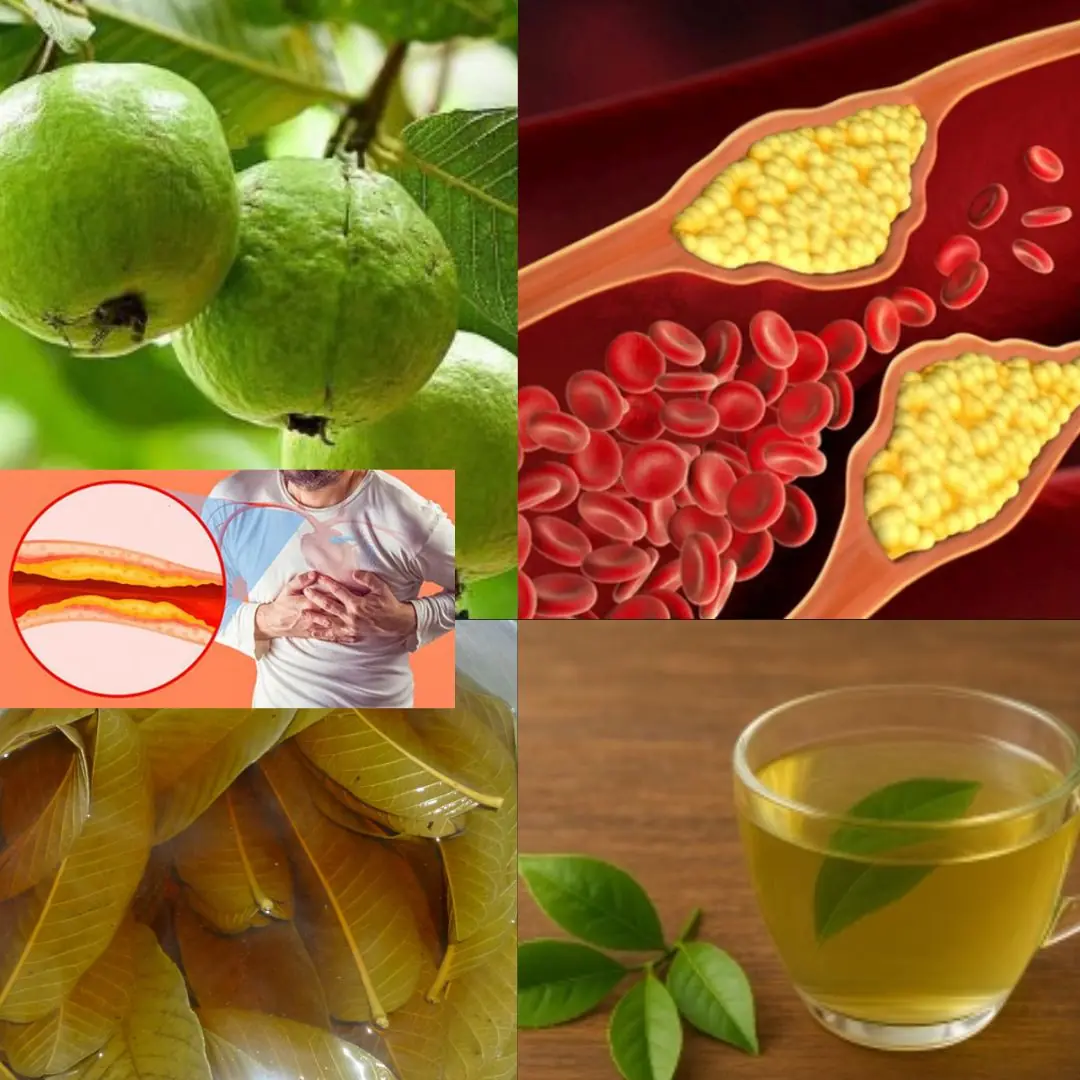
The Best Tea for Mornings and After Dinner: A Powerful Blend for Health
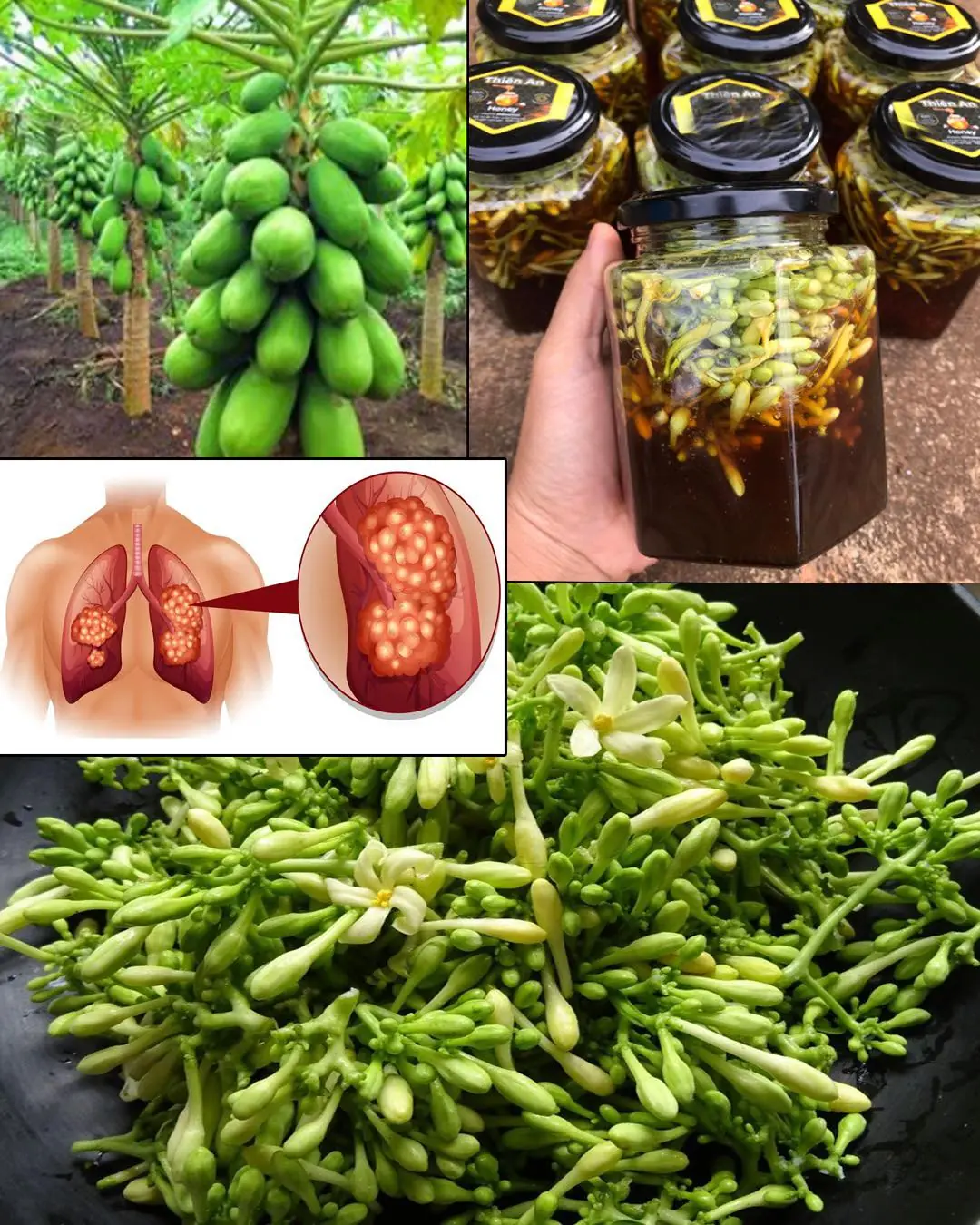
Benefits and Uses of Papaya Flowers Soaked in Honey
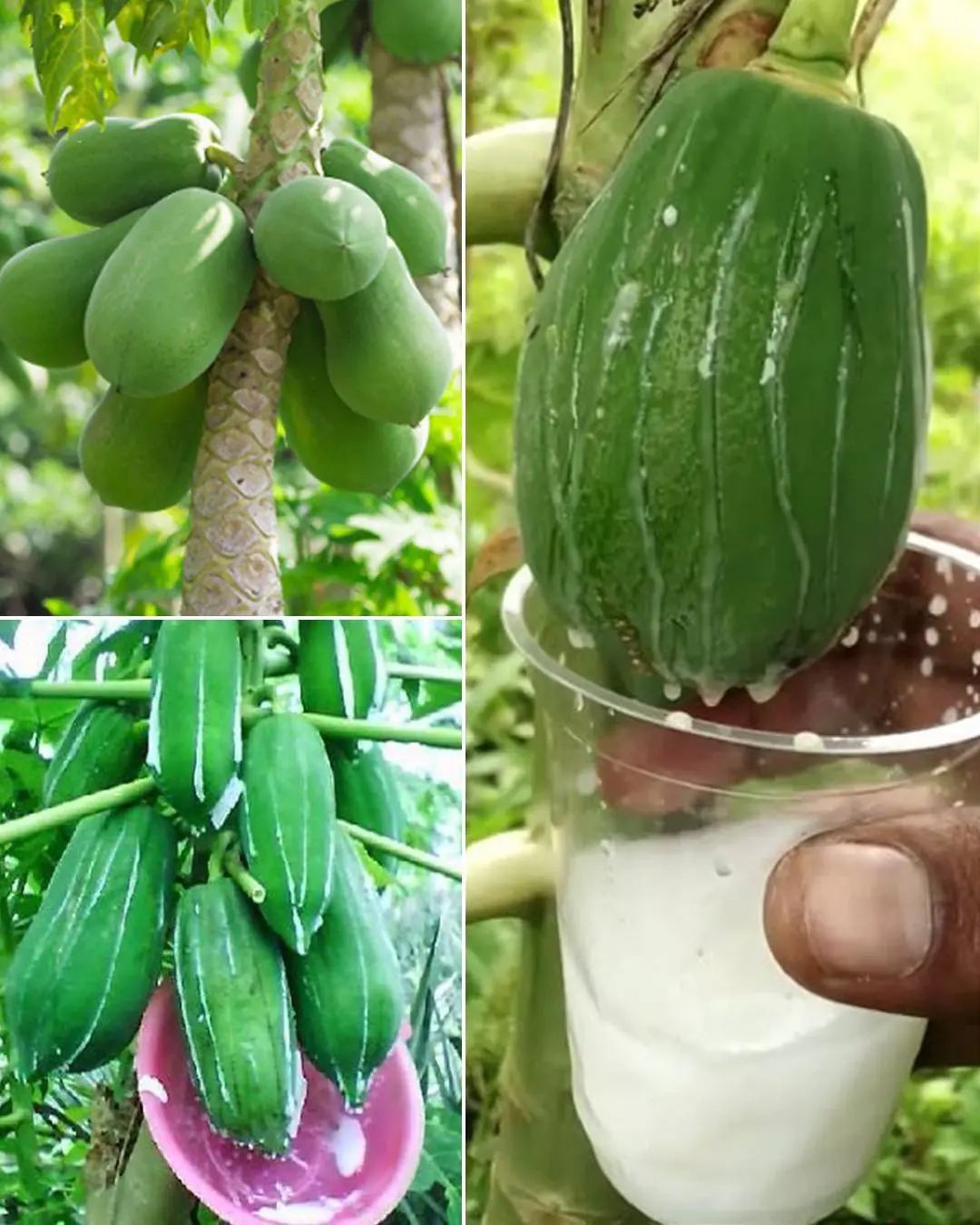
Papaya releases a milky sap, but most people don’t realize how important it is
News Post

Truth behind K Pop star's bizarre $4.5 quadrillion 'lawsuit' making her richer than Elon Musk

Calls for chess Grandmaster to be permanently banned after he 'harassed' 29-year-old champion weeks before death
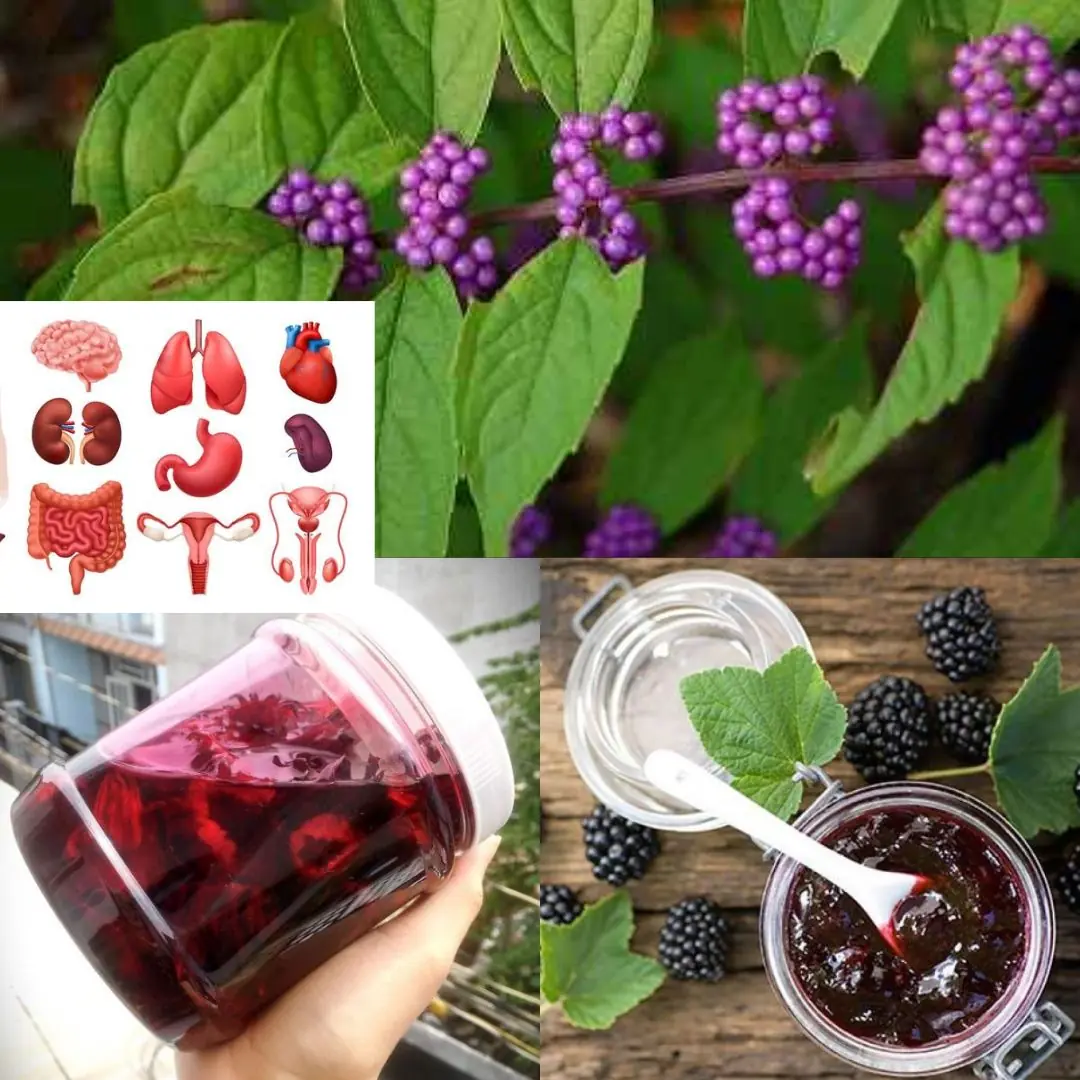
American Beautyberry (Callicarpa americana): Benefits and How to Use It

Holding Cloves in Your Mouth: A Natural Way to Relieve Toothache

Everybody Hates Stinging Nettle, But Most People Don’t Know the Power of Its Root

A Grocery Store Encounter That Turned Into Something More

A Waitress Said “No” — And Changed a Mother’s Night Completely

The Secret Santa Who Gives All Year Long — And the Ripple of Kindness He Started

Will’s Best Sunday Ever: A Brave Teen’s Return Home

A Single Gesture That United a Crowd in Emotion

Agatka’s Fight: A Little Girl’s Battle With Severe Aplastic Anemia

Laika’s Last Journey: The Little Dog Who Touched the Stars

The Long Road Home: Max’s Journey Back to Love.

A Small Act of Kindness in Athens.

From the Cold Rain to a Warm Home.

Wild Elephant Chases Tourists in Bandipur Forest: One Injured in Close Call

A Ride Home, A Lesson in Humanity.

What a Hero: The Unyielding Spirit of Josephine Margaret Pescatore.

Jake’s Roses of Love and Respect.
